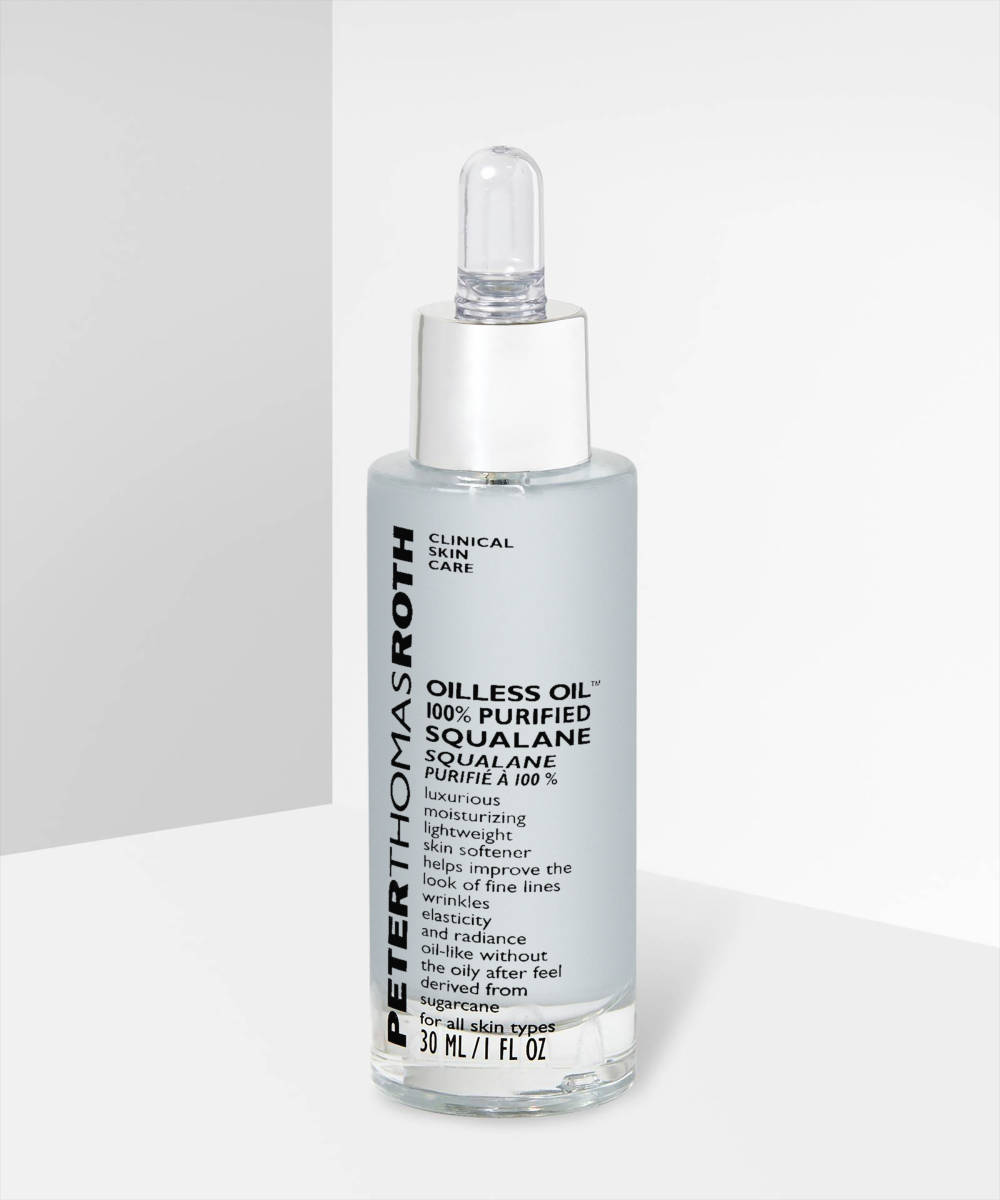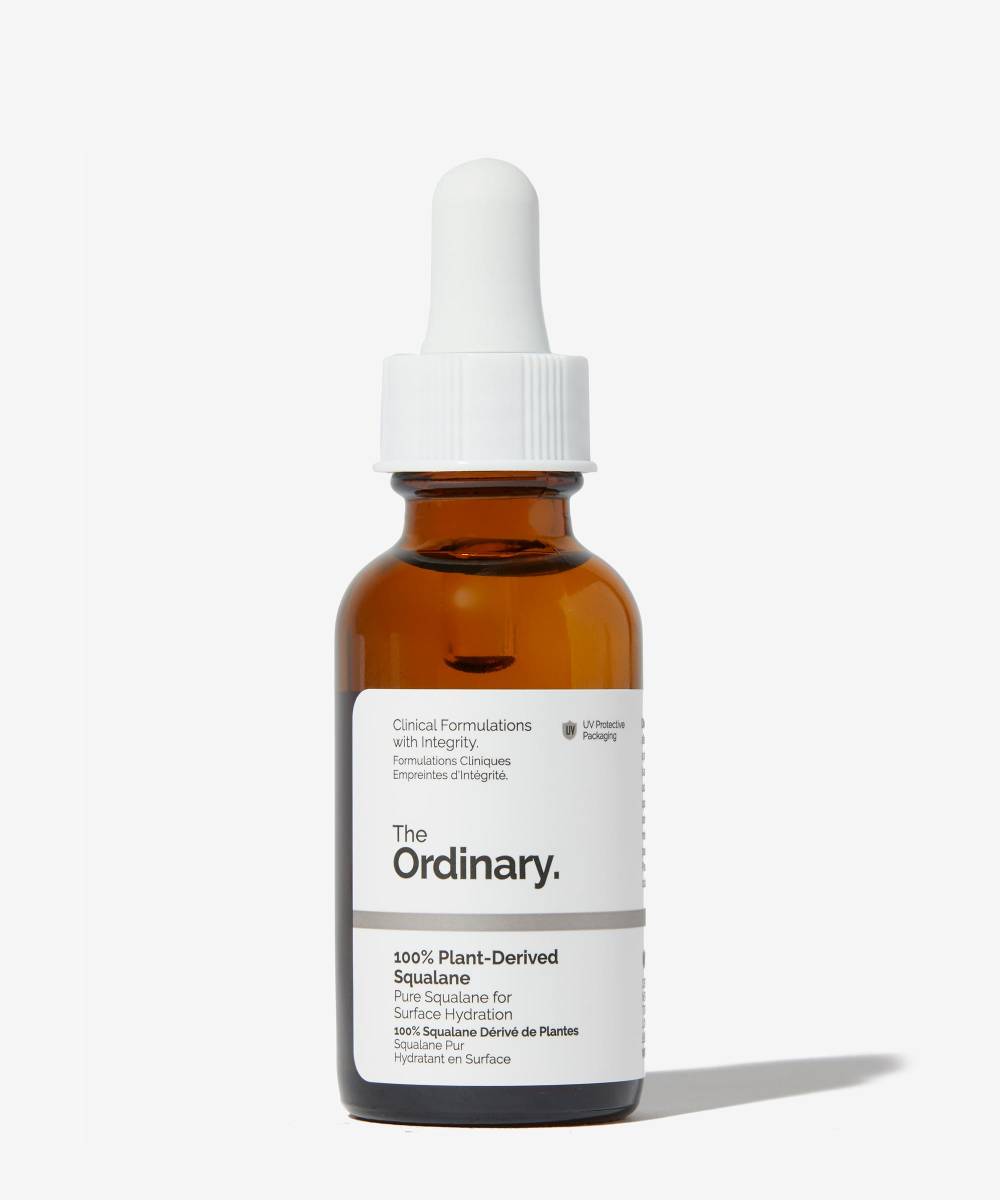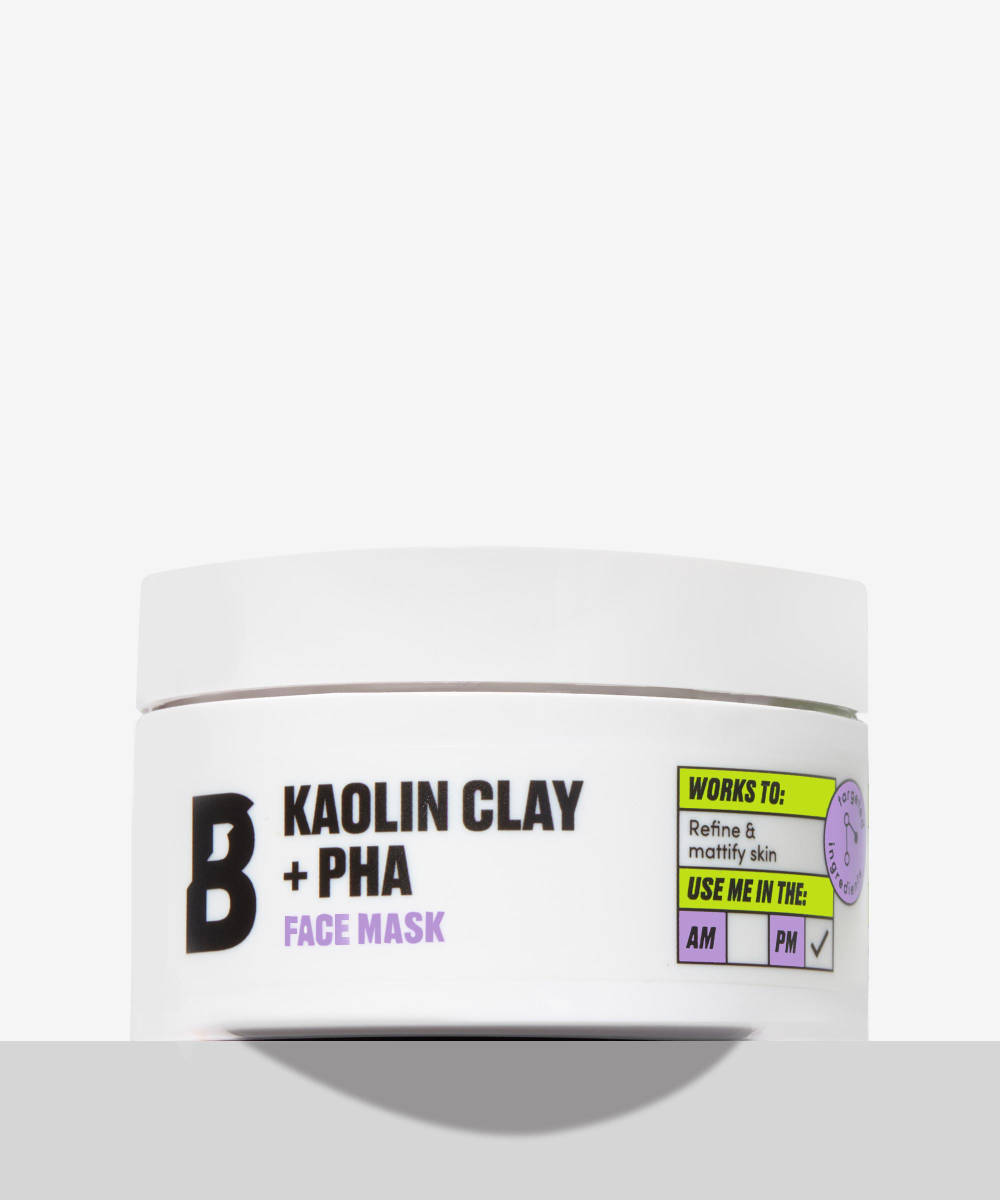Taking care of oily skin can seem like an overwhelming task, especially because it’s often the result of genetically determined hormone changes, which you can’t really control with topical products. Excess production of a hormone called dihydrotestosterone (DHT) is the main culprit of oily skin. DHT triggers sebaceous glands to produce sebum, so high levels of DHT result in skin which looks shiny, feels greasy, and is prone to enlarged pores and breakouts. That said, there are products you can use to limit the amount of sebum produced and to remove oil from skin before it has change to cause congestion and impact skin texture.
The key is to figuring out the best ingredients for oily skin, and luckily for you we’ve done the hard work and compiled them below, along with some of our favourites products for oily skin. For more information on how to incorporate these products into your daily routine, check our our morning and evening skincare routines for oily skin.
Niacinamide
Also known as vitamin B3, niacinamide is an antibacterial, it helps to regulate sebum production, improve congestion, reduce the appearance of pores, and calm blemishes. It also helps to strengthen the skin barrier, which prevents dehydration, meaning skin’s natural moisture content improves and skin doesn’t feel the need to produce excess oil.
Salicylic acid
Salicylic acid is a chemical exfoliant also known as a beta hydroxy acid (BHA). It is oil-soluble, so unlike alpha hydroxy acids (AHAs such as glycolic and lactic acids), it has the ability to penetrate deep into the layers of the skin. Once there, it dissolves the ‘glue’ that holds cells together in order to remove dead skin cells and other congestion that clog pores and cause breakouts. It helps to reduce the appearance of pores, prevent excess sebum production, and effectively treats existing (as well as preventing future) breakouts.
Retinol
Also known as vitamin A, retinol increases cell turnover and boosts collagen production. It’s most commonly known as an anti-aging ingredient, but since it stimulates cell turnover in the lower layers of skin it also reduces the overproduction of sebum. This prevents the key symptoms of oily skin and prevents pore clogging, so is also considered an effective anti-breakout ingredient.
Hyaluronic acid
By improving your skin’s hydration levels, you can actually help to balance out oily skin. If skin is well hydrated, it stops feeling the need to produce its own moisture (in the form of oil). Hyaluronic acid draws large amounts of water into the skin in a process which instantly improves skin hydration.
Squalane
Like hyaluronic acid, squalane helps to improve skin’s moisture levels – it’s very effective at sealing in hydration and preventing it from escaping. Although squalane can have an oil-like texture, it isn’t actually an oil. Commonly derived from olives, squalane replicates the natural moisturisers within our own skin so it’s non-comedogenic and won’t clog pores or cause any irritation.
Clay
There are many different types of clays, all of which are incredibly effective at treating oily skin since they work by absorbing excess oils and drawing out impurities. Kaolin and bentonite clays are particularly powerful – you’ll usually find them in cleansers and face masks.



















